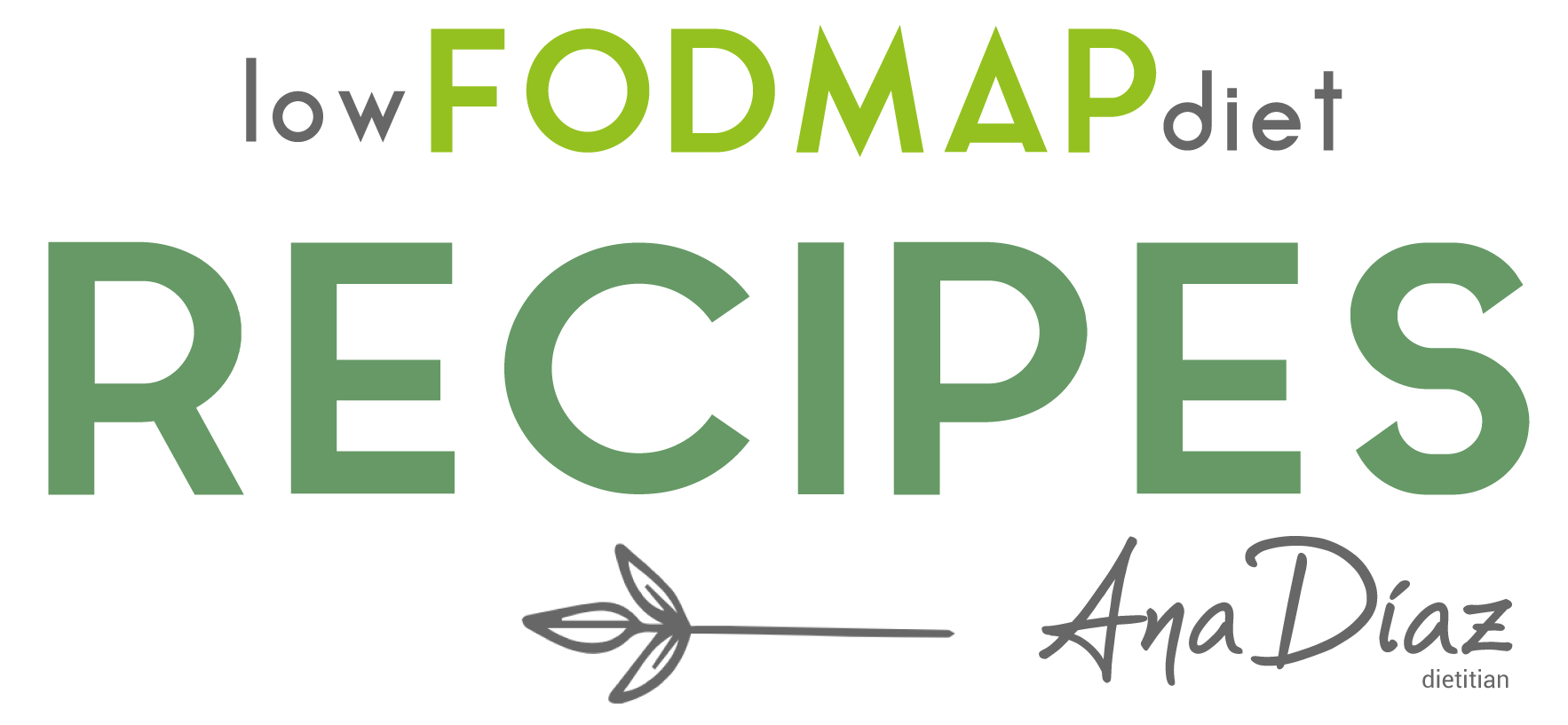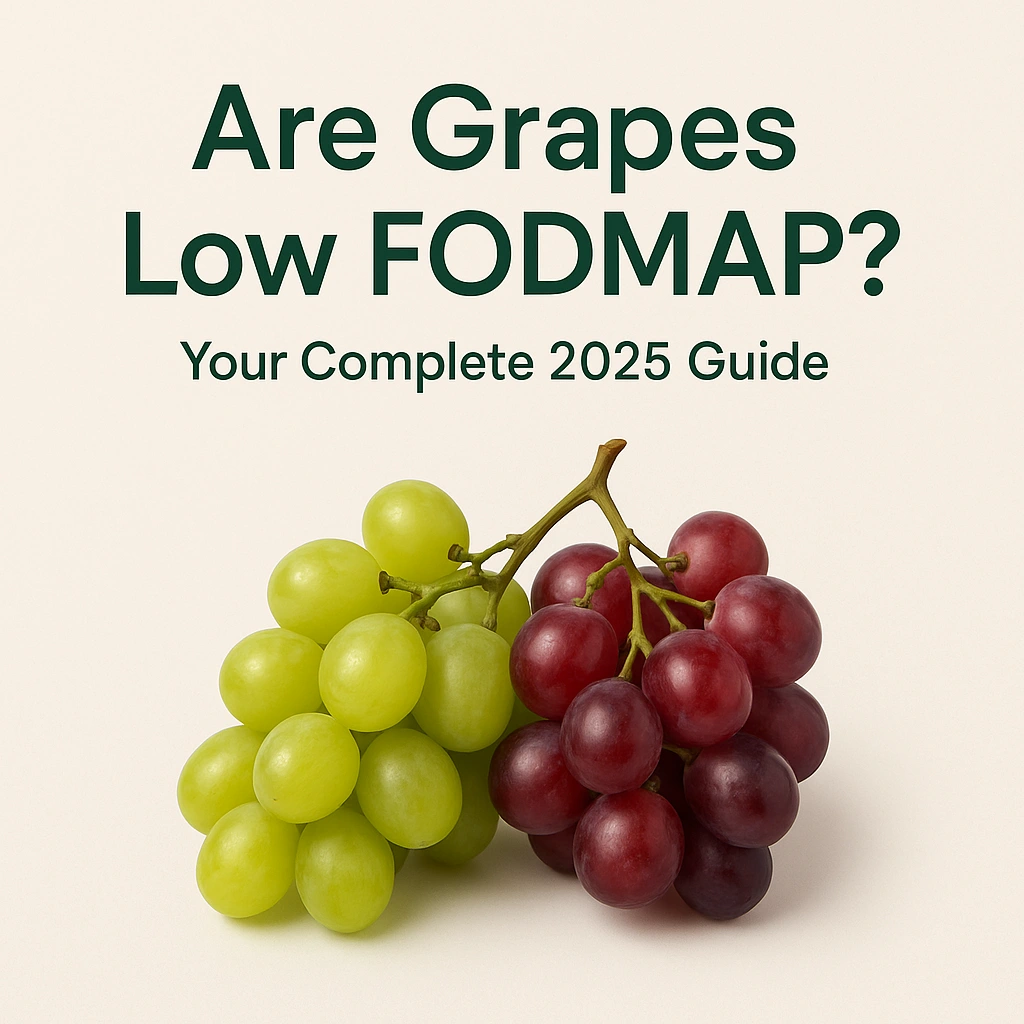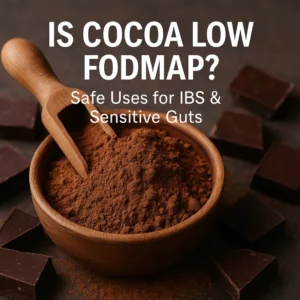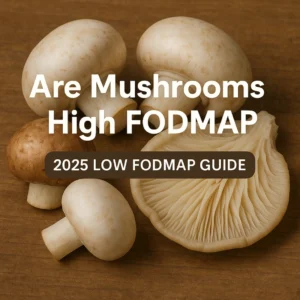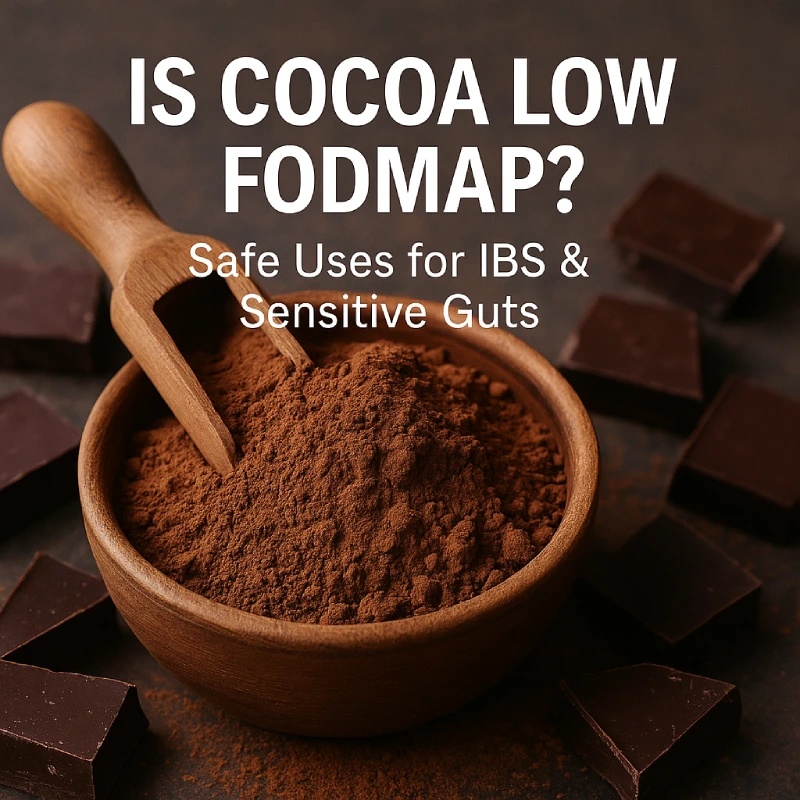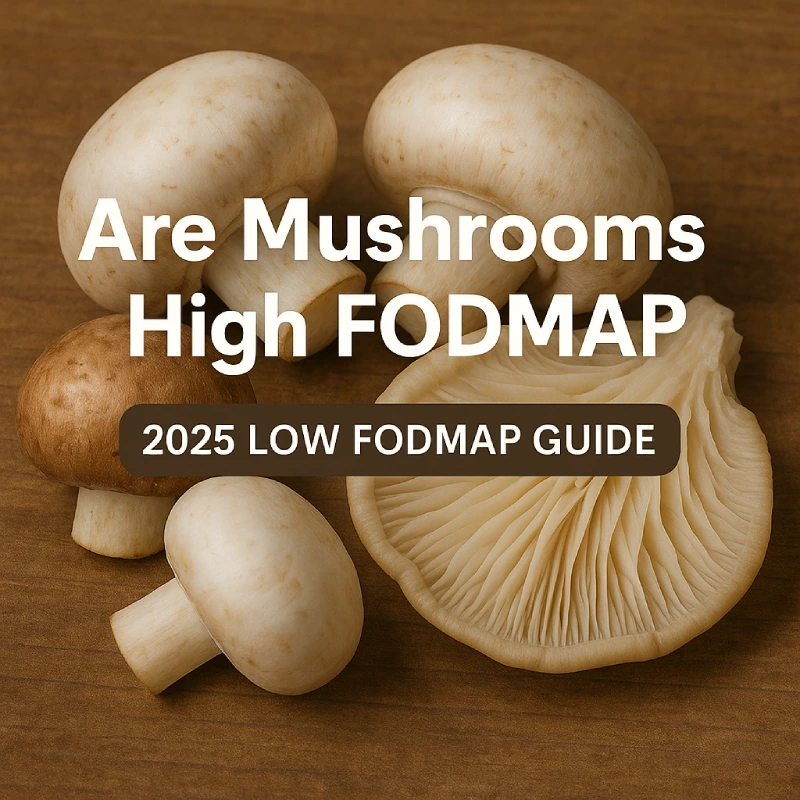Grapes are one of the most popular and versatile fruits, loved for their natural sweetness and refreshing texture. But if you’re following a low FODMAP diet, you may be wondering: are grapes low FODMAP? The short answer is yes, in the right portion. This guide explores the science behind it, updates from Monash University’s 2025 FODMAP testing, and practical tips to enjoy grapes comfortably.
Table of Contents
What Are FODMAPs and Why Do They Matter?
FODMAPs are short-chain carbohydrates that can be poorly absorbed in the small intestine. They include:
- Fructose (in fruits, honey, high-fructose corn syrup)
- Lactose (in dairy)
- Fructans and GOS (in wheat, legumes, and some vegetables)
- Polyols (sorbitol and mannitol, in some fruits and artificial sweeteners)
For people with irritable bowel syndrome (IBS), these compounds can ferment in the gut, leading to symptoms such as bloating, discomfort, or irregular bowel movements. The low FODMAP diet, developed by Monash University, helps identify which types and amounts of FODMAPs trigger symptoms for each individual.
Are Grapes Low FODMAP According to Monash University?
The latest 2025 Monash University FODMAP update confirms that fresh grapes remain low FODMAP at standard serving sizes. Grapes have been consistently rated green (safe) in the Monash FODMAP app, meaning they can be comfortably included during the elimination phase of the diet.
Monash testing shows that grapes contain minimal FODMAPs, making them one of the more gut-friendly fruits. However, as with all foods, portion size is key, and tolerance can vary from person to person.
Low FODMAP Serving Sizes
- Red, green, and black grapes: Low FODMAP at 1 cup (about 150 grams) per serve.
- Larger servings (over 200 grams) may begin to contain excess fructose, which could trigger symptoms in sensitive individuals.
Tip: Always start with the recommended portion, especially during the elimination phase, and observe how your body responds.
Nutritional Benefits of Grapes
Beyond their FODMAP-friendly status, grapes are a powerhouse of nutrition:
- Rich in antioxidants: Particularly resveratrol, known for supporting heart and cellular health.
- Source of vitamin C and K: Contributing to immune function and bone health.
- Hydrating: Grapes are about 80% water, making them an ideal snack for maintaining hydration.
- Natural energy: Their natural sugars provide a gentle energy boost, especially for active individuals.
How Grapes Support Gut Health
Interestingly, while grapes are low in fermentable carbohydrates, their polyphenol compounds may support a healthy gut microbiota. Research suggests these plant compounds act as prebiotics, promoting beneficial bacteria that contribute to digestive balance, without triggering IBS symptoms.
Can You Eat Grapes During the Low FODMAP Elimination Phase?
Yes; grapes are one of the few fruits considered safe during the elimination stage. They can replace high FODMAP fruits such as apples, pears, or mangoes.
Practical swaps:
| High FODMAP Fruit | Low FODMAP Alternative |
|---|---|
| Apple | Grapes |
| Mango | Kiwi or Grapes |
| Watermelon | Strawberries or Grapes |
A Gentle Reminder
Even though grapes are low FODMAP, everyone’s tolerance is unique. If you’re experiencing symptoms, consider keeping a food and symptom diary or working with a registered dietitian trained in the low FODMAP protocol.
Dried Grapes: What About Raisins?
While fresh grapes are low FODMAP, raisins are a different story. During drying, the sugars (including fructose) become concentrated, increasing their FODMAP load.
According to Monash University’s 2025 update, raisins are now classified as high in fructose, meaning they are not suitable during the elimination phase.
Summary:
- ✅ Fresh grapes = low FODMAP at 1 cup (150 g)
- ❌ Raisins = high FODMAP (avoid during elimination)
How to Enjoy Grapes on a Low FODMAP Diet
Fresh Snack Ideas
- Enjoy a bowl of chilled grapes as a hydrating mid-morning snack.
- Add them to a low FODMAP cheese board (pairing perfectly with cheddar or Swiss cheese).
- Freeze grapes for a refreshing treat on warmer days.
Salads and Main Dishes
- Toss halved grapes into a chicken salad with spinach and walnuts.
- Combine with quinoa, rocket, and feta for a light, balanced lunch.
Desserts and Sweet Treats
- Layer grapes with lactose-free yoghurt and oats for a breakfast parfait.
- Use grapes to sweeten smoothies naturally; just balance the portion with other low FODMAP fruits.
The 2025 Monash FODMAP Update: What’s New?
The 2025 update from Monash University refined the classification of several fruits based on fresh laboratory analyses. While fruits like grapefruit and raisins were reclassified as high in fructose, grapes retained their low FODMAP status.
This reinforces grapes as a reliable and well-tolerated fruit choice for people following a low FODMAP diet.
Key takeaway: Fresh grapes are still your friend: juicy, refreshing, and low in FODMAPs at standard serving sizes.
A Note on Individual Tolerance
Remember that the low FODMAP diet is not a one-size-fits-all plan. It’s a structured, temporary approach to identify personal triggers, not a permanent restriction. If grapes (or any food) seem to cause discomfort, it doesn’t necessarily mean they’re high FODMAP; other factors such as portion size, stress, or gut sensitivity can play a role.
Working with a registered dietitian can help you interpret your body’s responses and design a flexible, nourishing plan that supports long-term digestive health.
FAQs Abour Grapes and The Low FODMAP Diet
Are grapes low FODMAP?
Yes, grapes are low FODMAP at 1 cup (150 g) per serve. They are suitable during the elimination and reintroduction phases of the diet.
Can I eat raisins on a low FODMAP diet?
No. Raisins are high in fructose and not recommended during the elimination phase. Choose fresh grapes instead.
Do red and green grapes have the same FODMAP content?
Yes. Both varieties are low FODMAP when eaten in moderation.
Can I have grape juice?
It’s best to limit grape juice, as it can be high in fructose and may exceed low FODMAP thresholds.
Are grapes healthy for IBS?
Yes. Grapes are rich in antioxidants, water, and fibre, supporting hydration and overall gut health when eaten in the right portion.
Are seedless grapes better for IBS?
From a FODMAP perspective, both seeded and seedless grapes are equally suitable. The choice depends on texture and personal preference; seeds do not alter FODMAP content.
Are grapes suitable during FODMAP reintroduction?
Yes, they can be used to test your fructose tolerance, as they contain small, controlled amounts. However, use the Monash app to guide your testing and portion control.
Final Thoughts
So, are grapes low FODMAP? Absolutely, when you enjoy them mindfully. They’re a simple, natural snack packed with nutrients and antioxidants that can fit beautifully into your low FODMAP lifestyle.
If you’re just starting your FODMAP journey, grapes offer a gentle way to bring sweetness and variety to your diet without upsetting your gut.
